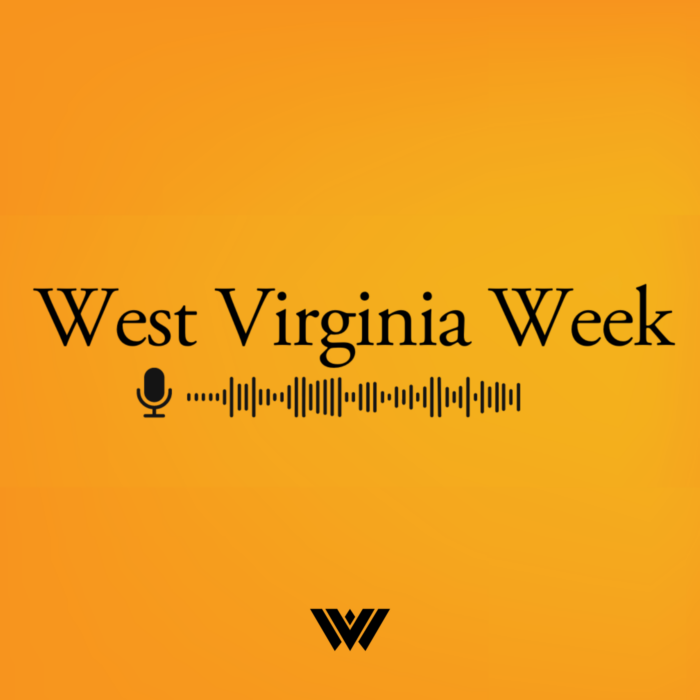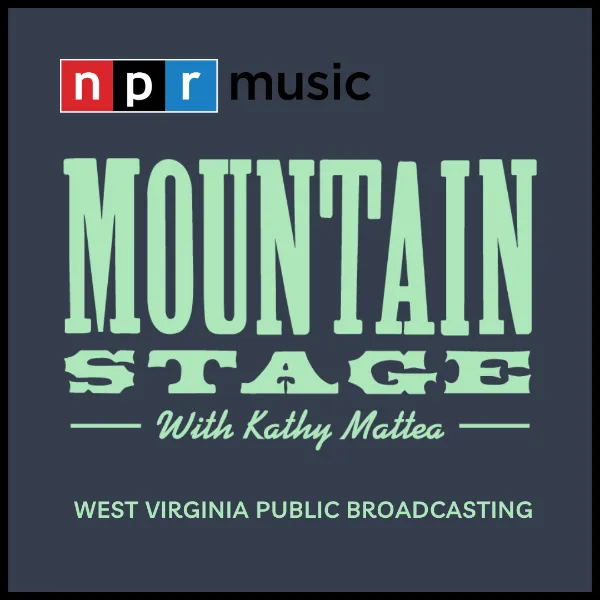Despite decades of cleanup, the Potomac River is still too polluted for safe swimming and fishing. Environmental advocates want to change that soon.
The 2025 Potomac River Report Card from the non-profit Potomac Conservancy has given the river a “B” health grade.
The river’s grade has improved from a D in 2011, but rapid forest loss and polluted runoff from sprawl has stalled progress at a B for five years.
Hedrick Belin, president of Potomac Conservancy, said agricultural runoff from animals and pesticides in rural areas, as well as street oil and trash in more urban areas, can be greatly mitigated by planting green “filter strips” along the shoreline with trees and other plants.
“We want to have, when it rains, have that rainwater get absorbed where it falls, rather than washing off of streets and lawns and parking lots,” he said.
Belin said the organization’s mission is to achieve a clean and resilient Potomac River watershed that includes all the rivers and streams that flow into it.
“Whether it might be a back creek coming out of Virginia or the Shenandoah (River), but at the end of the day, clean waters are our North Star,” he said. “We do a lot of work in the headwaters, where often we’re trying to protect relatively good water quality. And then, as you come downstream closer to the DC metro area, more focused on, how do we restore degraded rivers and streams?”
It will take a community effort to get the river’s more than 14,000 square miles of drainage to an “A.” Belin said advocating for better land use and planting green buffer zones along the banks will be key.
“Every volunteer, every tree, every voice for clean water, gets us closer, but that’s going to take people taking those actions,” he said.
At least 10 of West Virginia’s 55 counties are part of the Potomac’s broader watershed. The river’s origins are closely tied to the state, with the North Branch’s source at the Fairfax Stone located at the junction of Grant, Tucker, and Preston counties. The South Branch lies almost completely within West Virginia except for its headwaters in Virginia, and the two branches come together in Hampshire County near Green Spring.























